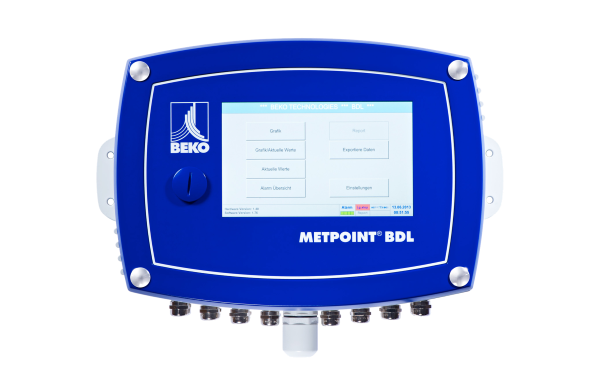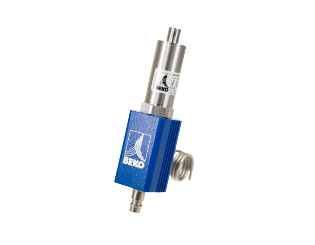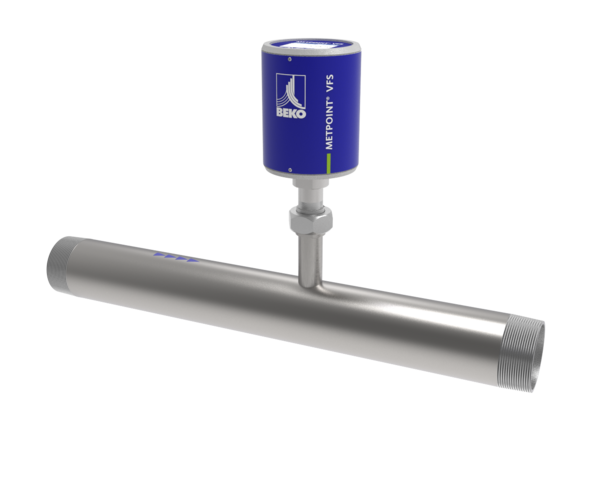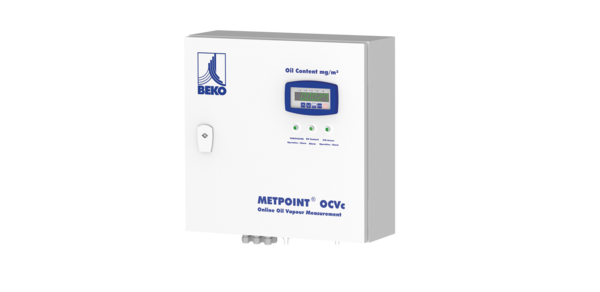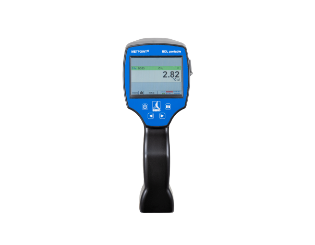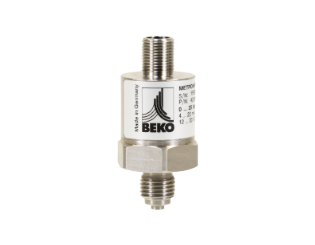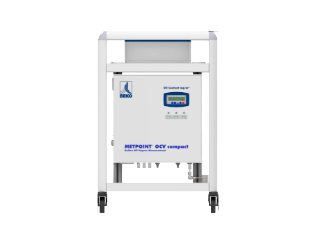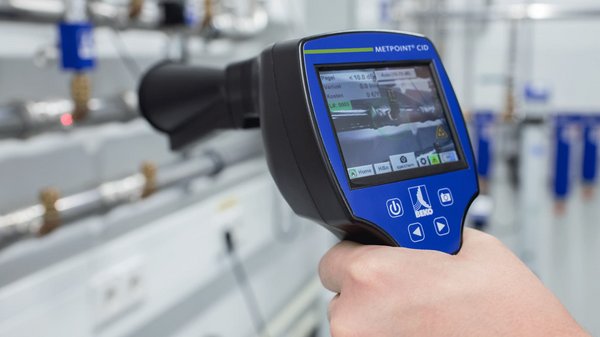Srozumitelné informace a jasné argumenty pro každodenní používání měřicí techniky.
Technologie stlačeného vzduchu hraje ústřední roli v mnoha průmyslových aplikacích a slouží jako kritický zdroj energie. Kvalita, účinnost a dostupnost stlačeného vzduchu jsou klíčové pro výkonnost a nákladovou efektivitu výrobních procesů. V této souvislosti má měřicí technika zásadní význam pro optimalizaci provozu systémů stlačeného vzduchu. Přesná měření pomáhají společnostem snižovat náklady, zvyšovat bezpečnost provozu a minimalizovat dopad na životní prostředí. Níže jsou uvedeny hlavní důvody, proč je zavedení měřicí techniky do systémů stlačeného vzduchu přínosné:
- Zlepšení účinnosti a snížení nákladů na energii
- Zajištění kvality stlačeného vzduchu
- Bezpečnost provozu a ochrana zařízení
- Transparentnost a optimalizace procesů
- Udržitelnost a přínos pro životní prostředí
- Ekonomické výhody
- Přizpůsobení požadavkům Průmyslu 4.0
